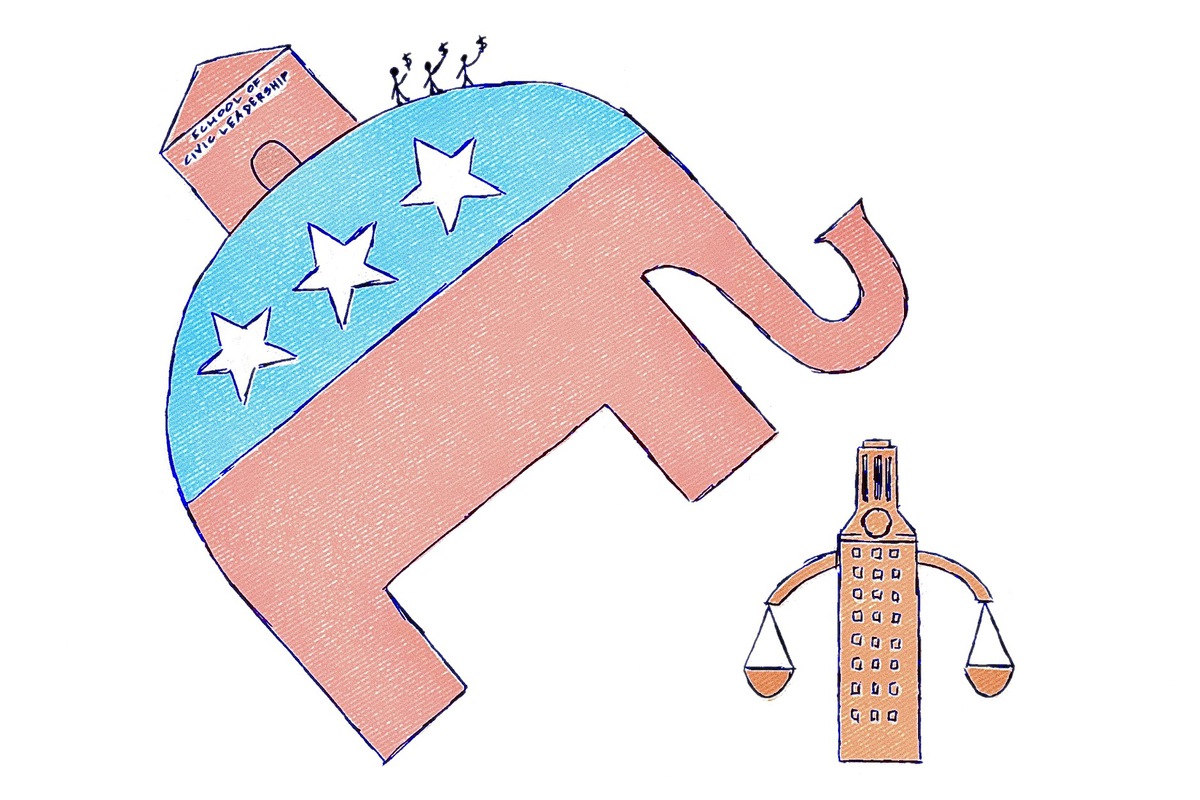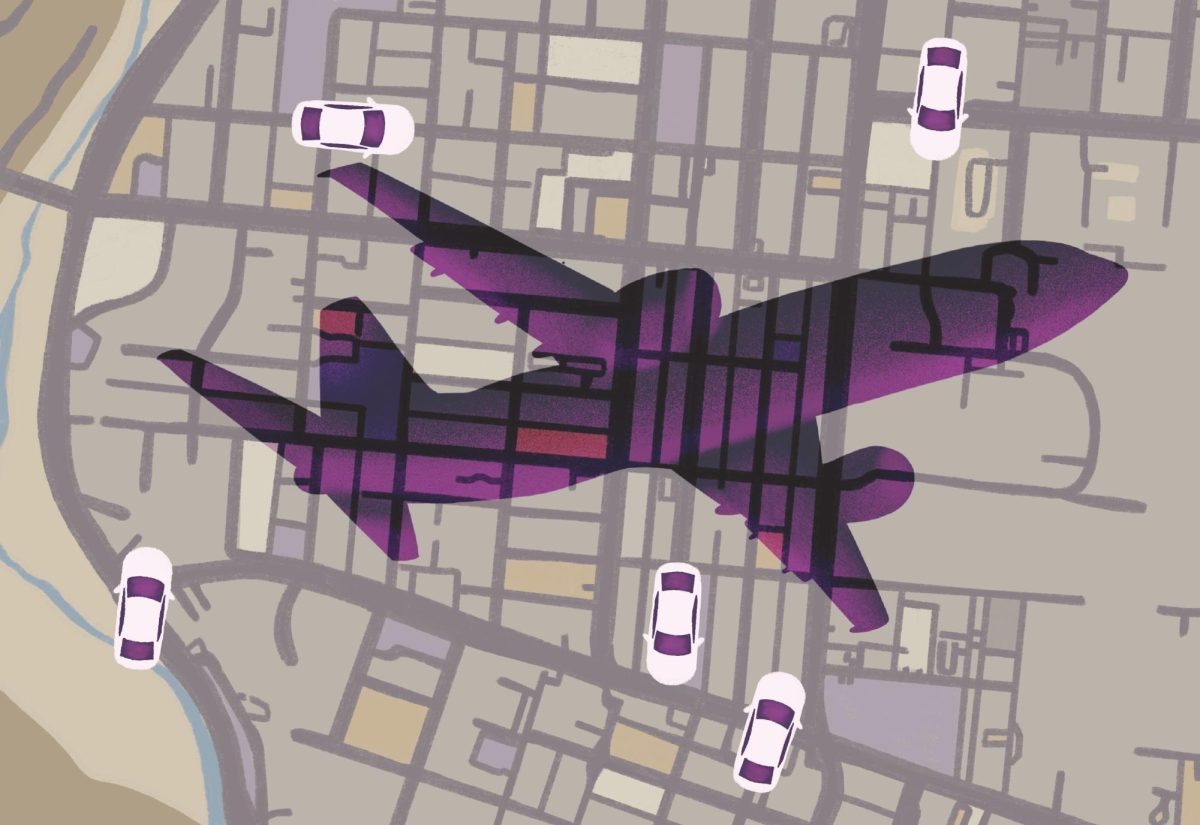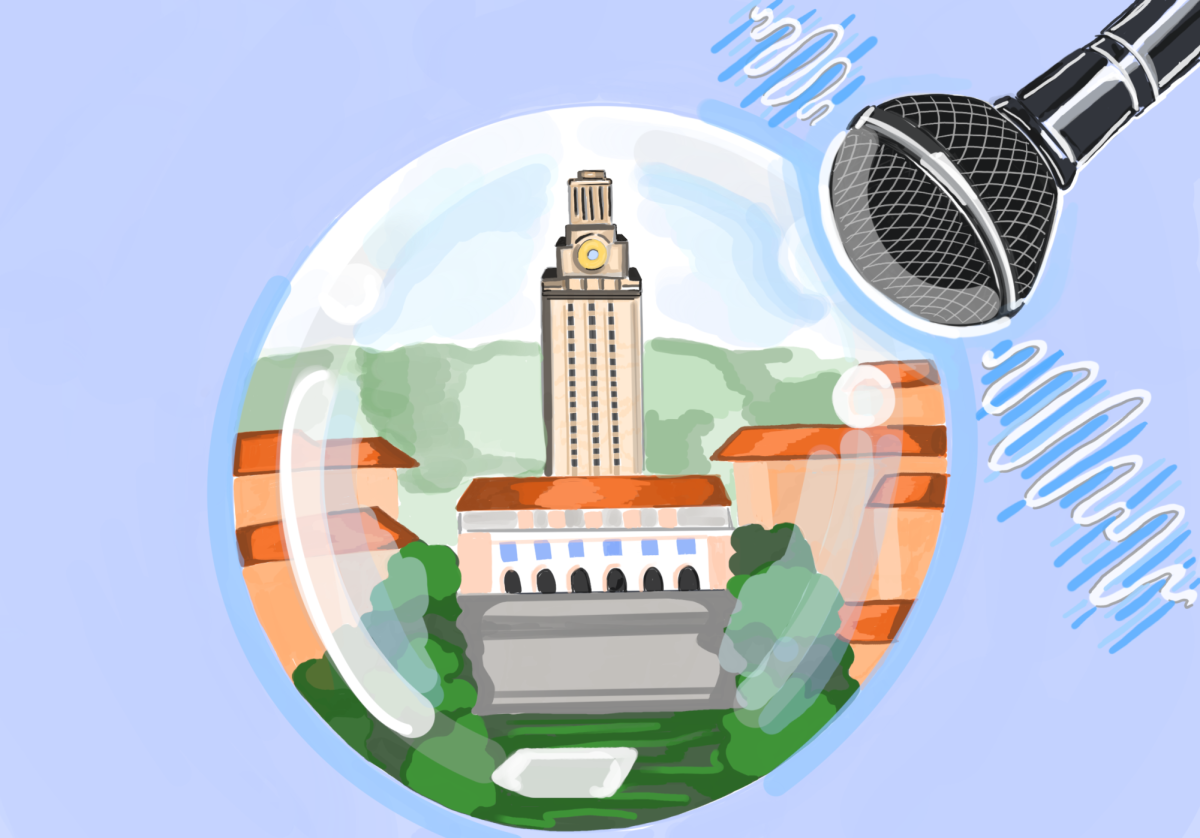Well, it’s official. The first fatality in a semi-autonomous car occurred in May, when a man using Tesla’s Autopilot crashed into the back of a tractor trailer. Already, headlines proclaim that a self-driving car failed and caused a death, and that regulators need to and will start looking into Tesla’s new autonomous technology. However, though one death is tragic, it’s important we avoid putting too much blame on Tesla for the crash and that we continue investing heavily in autonomous technology.
The major difference in this case is between the concept of autonomous and semi-autonomous cars. Tesla’s Autopilot is semi-autonomous. It can “automatically steer down the highway, change lanes, and adjust speed in response to traffic,” according to Tesla’s website. This means it is not meant to be driven in situations outside of mostly straight highways. Another key distinction between semi-autonomous and autonomous cars is that semi-autonomous cars still require vigilant drivers. The idyllic notion of passengers playing cards and reading while the car controls everything is a long way off, in the realm of autonomous cars.
While the crash was a failure of the car’s sensors, which confused the white back of the tractor trailer with normal sunlight, it was also a driver failure. Tesla requires drivers to keep their hands on the wheel and to constantly be ready to take over the car and drive it regularly. Apparently, the Tesla driver was watching a Harry Potter film at the time of the crash, according to reports from the truck driver involved in the crash. A DVD player was found in his car, supporting this assertion. The driver was also purportedly speeding, which probably contributes to the fact the crash was a fatality and not merely injurious (drivers choose the top speed a car will reach in Autopilot mode). In all, the driver treated the car as more autonomous than it actually was.
Tesla is taking responsibility for the crash, stating “we’re very clearly saying this is not a case of abdicating responsibility.” They will already be rolling out an update in the coming weeks. However, the company demonstrates that as a ratio of miles driven, Autopilot cars are involved in fewer crashes, both fatal and otherwise, than regularly driven cars.
Autonomous vehicles have the potential to eradicate or nearly eradicate fatal car crashes and stand-still traffic. The cars will be able to “communicate” with each other to ensure no crashes occur. They will also mathematically optimize braking and accelerating to the point where a highway could be bumper to bumper full of cars and still move at normal speeds. On top of that, passengers will be able to accomplish things in car rides, when they previously could only drive. Autonomous cars offer various benefits that could fundamentally change the way we travel.
It’s a bit ironic that the first fatal crash in a semi-autonomous car was due in part to human oversight. Following this realization, we should make sure not to condemn semi-autonomous cars as a whole, and certainly not fully-autonomous cars in general, which are not even in the market yet. The first steps of great breakthroughs are often laden with early blunders that teach us what we need to change and do in the future. The future of semi-autonomous cars is as bright as ever, and one day, with fully-autonomous cars, we will sadly remember the days long past when millions died yearly just trying to travel around.
Bordelon is a philosophy junior from Houston.




















